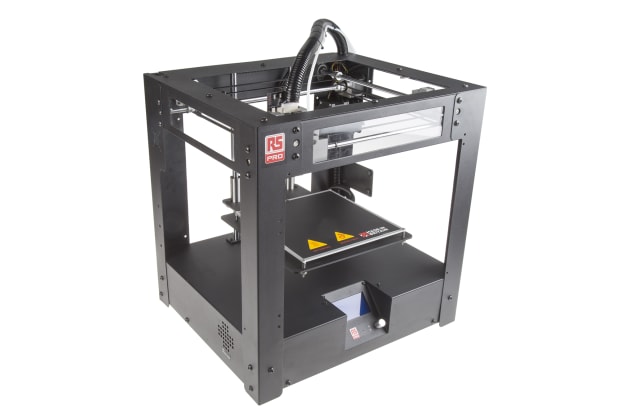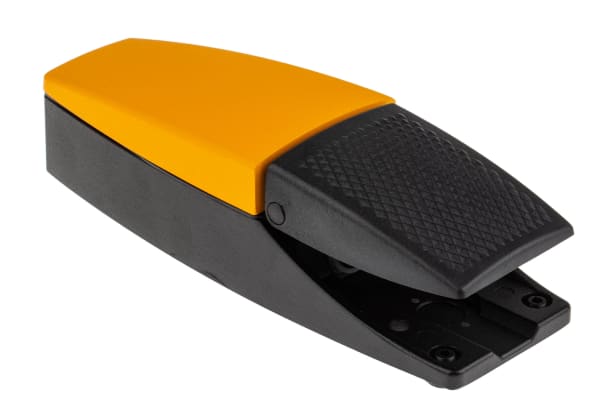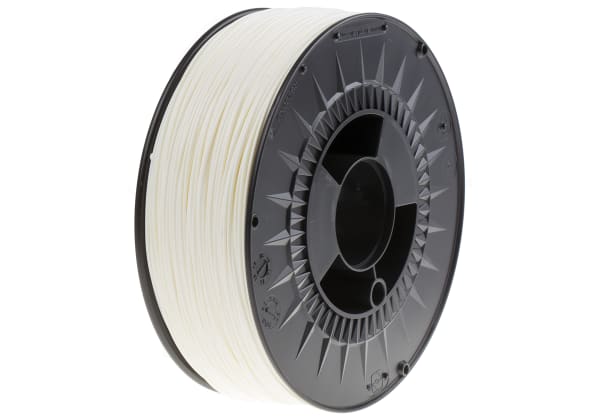- Published 19 Jun 2023
- Last Modified 4 Sept 2023
- 6 min
3D Printing in Maintenance
Learn about the benefits and practical applications of 3D printing in maintenance solutions. Discover how industrial 3D printing can effectively address common challenges encountered in maintenance operations.


3D printing technologies have proven their worth in many walks of life, including industrial maintenance. Additive manufacturing revolutionises product design by cutting out both scrap material and machining tool limits from the equation. Build the tools you always wanted quickly and inexpensively for fit-up, installation and measurement.
With 3D printers in your facility, you can improve repeatability and efficiency, extend the life of machinery, improve comfort and safety in your work, and take control of your inventory. Learn what to consider when introducing a 3D printing manufacturing program and how your business can succeed long-term with one.
Benefits of 3D Printing in Maintenance
Efficiency
Efficiency shines in 3D printing manufacturing. Minimised material waste, fewer stocked raw materials, reduced machining operations, downtime, and fewer specialised human operators.
Cost Reduction
These efficiency savings can also reduce the material and labour costs of servicing your equipment. It has the potential to significantly reduce maintenance costs while increasing equipment uptime and reliability.
Speed
An industrial 3D printer on-site builds parts and tools quickly. If the job can’t wait for an external machine shop, print what you need with your 3D printer, which you control.
Slenderness
3D-printed materials are typically lighter than most industrial materials. When parts and tools are lighter, ease of maintenance and delivery speed improve dramatically.
Safety
Less metalworking in the shop means fewer spinning and sharp tools, reducing safety hazards. The risks associated with equipment failure in manual labour decrease, improving maintenance personnel and end-users' safety and well-being.
Versatility
Since 3D printing can produce features in impossible-to-reach areas within parts, it can do what traditional machining equipment could not do affordably.
Practical Maintenance Applications for 3D Printing
3D printing maintenance applications examples include custom tools, scanning existing parts, and reducing inventory around the plant.
Jigs, Tools, and Measuring Instruments
When you need to hold one part in an awkward position to install another part, such as a retaining ring, then a jig or fixture can help. While these pieces can be made with metalworking, they can be heavy, costly, and have sharp edges. 3D printing maintenance in manufacturing can produce light, inexpensive fit-up tools that are quick and comfortable to work with.
Taking machines apart is often frustrating, requiring custom spanners to fit hard-to-access bolt patterns. Making these tools is an easy task with a 3D printer.
Keep an eye on part wear with 3D-printed gauges that tell when it’s time to replace. These can be shaped to check hard-to-reach areas.
3D printing makes complex features more affordable. From thread forms to curved contours to interior features that no drill bit can reach, the biggest limit is often your imagination.
With a 3D printer at your facility, you have more control over the process. Find the best industrial 3D printer for your business and work with your designers to produce the wish list pieces you know will make your job easier.
3D Scanning
When a machine can’t start up without a long-discontinued part, 3D scanning can bring it back to life. With the existing part in hand, produce a 3D model of it with a 3D scanner. You are now that part’s new supplier. Reproduce it to your liking using the appropriate 3D printing material, extend the service life of your machinery, and take on maintenance jobs you otherwise couldn’t.
Inventory
Any maintenance work requires a steady stream of quality parts, quickly pulled from inventory. Inventory equals tied-up capital and costly real estate. 3D printing reduces this by shifting you to digital inventory.
The 3D model files on your computer become your digital inventory, allowing you to make 3D prints of those models at will. Print parts in the quantities you need at the times when you need them, all in-house.
No more minimum orders, long lead times, or unnecessary stock taking up shelf space. Work out the contingency stocks you need, print at your convenience, and easily adjust stock levels based on feedback.
Life Hacks
Once you print your first quality-of-life improvement for your workstation or around the plant, you may never stop! Drawing-holding tubes, tool racks, and holders for industrial fluid containers or even beverages, 3D printing can do it all.
Implementing 3D Printing in Maintenance Processes
To enjoy the benefits of 3D printing technologies, you must tailor them to your business needs. You also have to understand 3D printing’s capabilities, requirements, and limitations. Optimise your return on investment by knowing what you’re taking on and what it can and can’t do for you.
Energy
To shape filament into 3D prints, it must be melted, which uses electrical energy. When researching 3D printers, compare their specs on electrical power supply and usage for how often you plan to print.
Space and Ventilation
Your 3D printer’s environment will affect its operation:
- Keep 3D printers away from industrial contaminants, if possible
- Many 3D printers fit comfortably on a tabletop, but some are the size of a small refrigerator
Your printing room should also have strong ventilation to safely use 3D printing materials.
Materials
Aim to minimise the materials you use regularly. These materials become inventory, so the fewer the better. Browse our 3D printing materials to find the best for your operations. Be sure to consider the mechanical, physical, thermal, and electrical properties.
Cybersecurity
As you rely less on physical inventory and use digital models, consider cybersecurity. The digital files that create your 3D prints will become your intellectual property, which need protection just like any other business interest.
People
As with any tool, 3D printers only work well with trained humans using them. Along with the 3D printer operators, you need to assign the right people to design your models so that they are both printable and functional.
Involve your existing technicians in these new steps. Make use of 3D printing technologies to resolve their frustrations.
3D Printing for Maintenance Best Practices
Once you’ve made the leap to 3D printing technologies in maintenance, keep the momentum alive with these best practice approaches.
Model Design
As versatile as industrial 3D printers are, they have their limitations. To design parts successfully, you need to consider how they'll behave during and after printing.
Overhanging slopes are challenging to print and may require vertical supports in the model. These supports must be cut off post-print, so they eat up time along with material.
Warping and curling are common 3D prints after-effects. Keep rigidity in mind when printing long or wide parts.
Infill
3D printing manufacturing uniquely gives you control of solid parts' interior structure. Experiment with interior layer patterns to find the sweet spot between the time and material consumed and the strength and weight achieved.
Accuracy
If you plan to use 3D prints for high-precision fit-up on equipment, you should thoroughly test them first. Quality control your prints to ensure they meet their drawing dimensions. Prints may need touch-ups with traditional machining to achieve the tight tolerances industrial machinery requires.
Upkeep
Machines you rely on need care and attention. 3D printer maintenance and standard industrial maintenance have much in common. They keep everything clean, lubricate components that regularly move, tighten those that shouldn’t, check timing belt tension, have spare parts close by, and calibrate.
- Clogs in the nozzle will degrade your print quality
- Keep the bed levelled and clean so the first layer always forms correctly, which is vital to the print’s success
- Store your raw printing materials in a clean and dry place
- Include your 3D printers in the calibration schedule of your other instruments, to ensure your prints' accuracy
With 3D printing manufacturing as a tool in your maintenance tool belt, you can do things you couldn’t do before and improve on the things you do already.
Further Reading
Related links
- Understanding the Benefits and Limitations of Infrared Thermography in Plant and Machinery Maintenance
- Introducing Lockout/Tagout
- Innovations in Food and Beverage Manufacturing
- Safety Standards in Industrial Maintenance
- Software
- BCN3D 3D Printing Kit for use with 3D Printer
- 3D Printers
- Industry 4.0 and the Future of Maintenance


